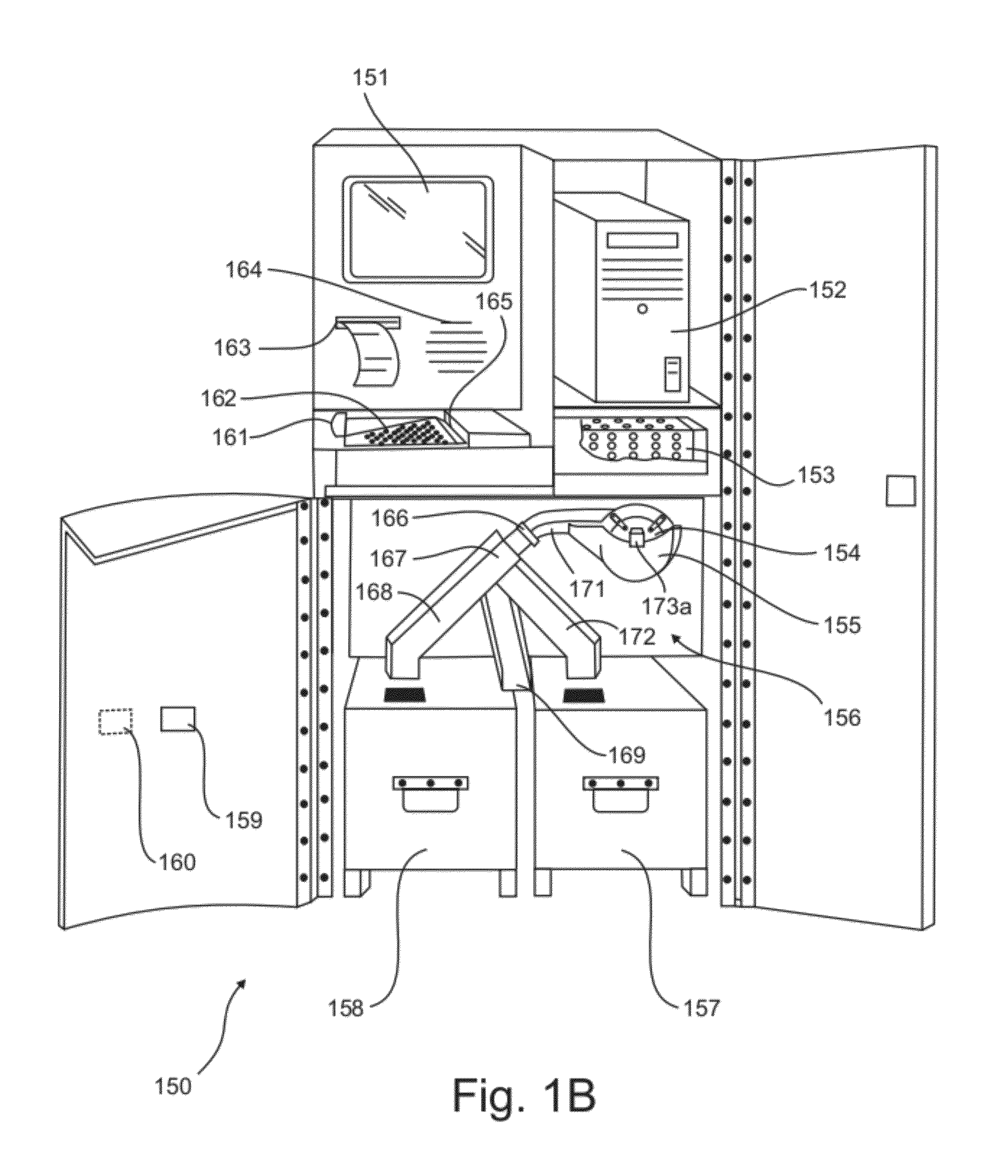Coin Identification Method and Apparatus
a coin identification and apparatus technology, applied in coin testing, instruments, computing, etc., can solve the problems of low effort directed towards the automatic identification of coinage features deliberately minted, difficult and time-consuming identification and retrieval of specific date and mint difficulty in identifying and retrieving coins from general circulation, etc., to achieve high degree of automation, high tolerance, and convenient use
- Summary
- Abstract
- Description
- Claims
- Application Information
AI Technical Summary
Benefits of technology
Problems solved by technology
Method used
Image
Examples
Embodiment Construction
[0046]The detailed description set forth below in connection with the appended drawings is intended as a description of presently-preferred embodiments of the invention and is not intended to represent the only forms in which the present invention may be constructed or utilized. The description sets forth the functions and the sequence of steps for constructing and operating the invention in connection with the illustrated embodiments. However, it is to be understood that the same or equivalent functions and sequences may be accomplished by different embodiments that are also intended to be encompassed within the spirit and scope of the invention.
[0047]The coin identification method and apparatus described herein can be used in connection with, or as an enhancement to, a number of devices and purposes. One such implementation is illustrated in FIG. 1A. In this device 100, coins are placed into a tray 101, and fed to an imaging region or area 105 via a first ramp 111 and coin pickup ...
PUM
 Login to View More
Login to View More Abstract
Description
Claims
Application Information
 Login to View More
Login to View More - R&D
- Intellectual Property
- Life Sciences
- Materials
- Tech Scout
- Unparalleled Data Quality
- Higher Quality Content
- 60% Fewer Hallucinations
Browse by: Latest US Patents, China's latest patents, Technical Efficacy Thesaurus, Application Domain, Technology Topic, Popular Technical Reports.
© 2025 PatSnap. All rights reserved.Legal|Privacy policy|Modern Slavery Act Transparency Statement|Sitemap|About US| Contact US: help@patsnap.com



